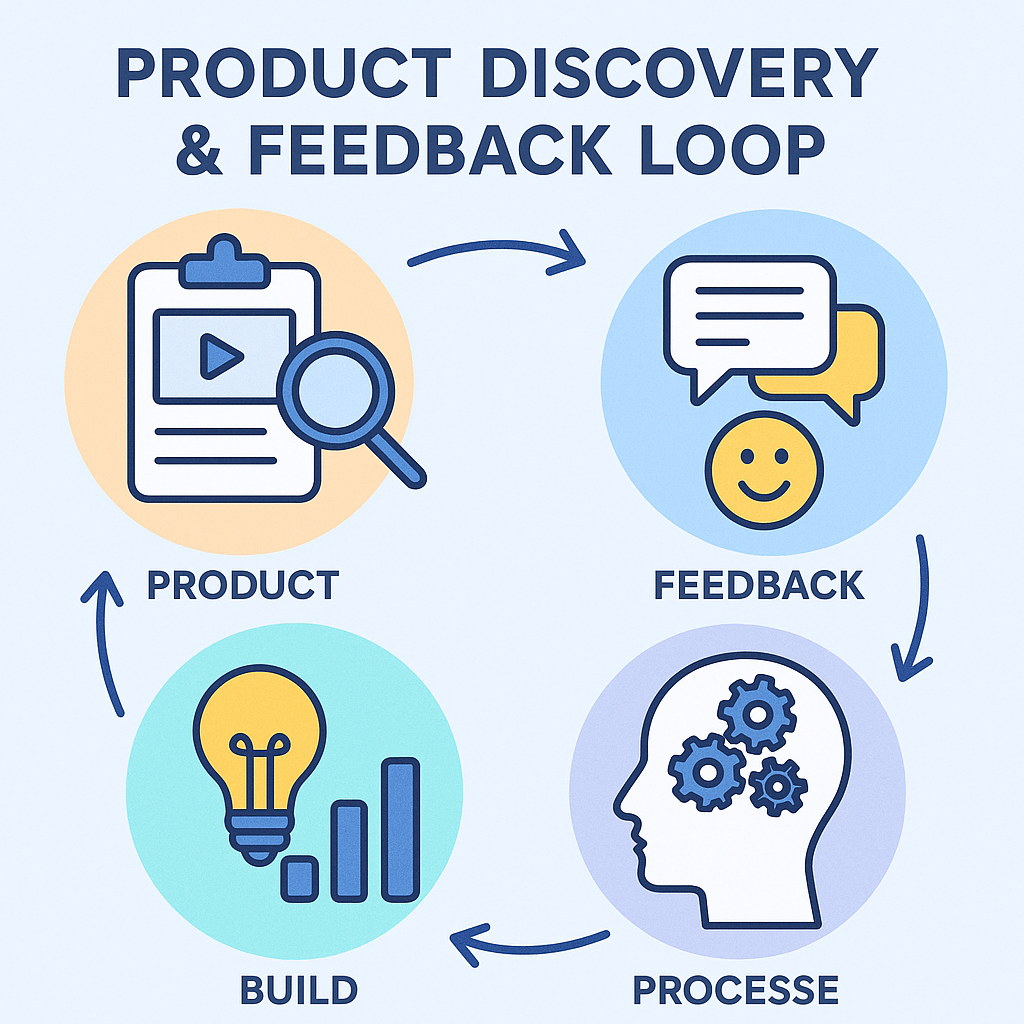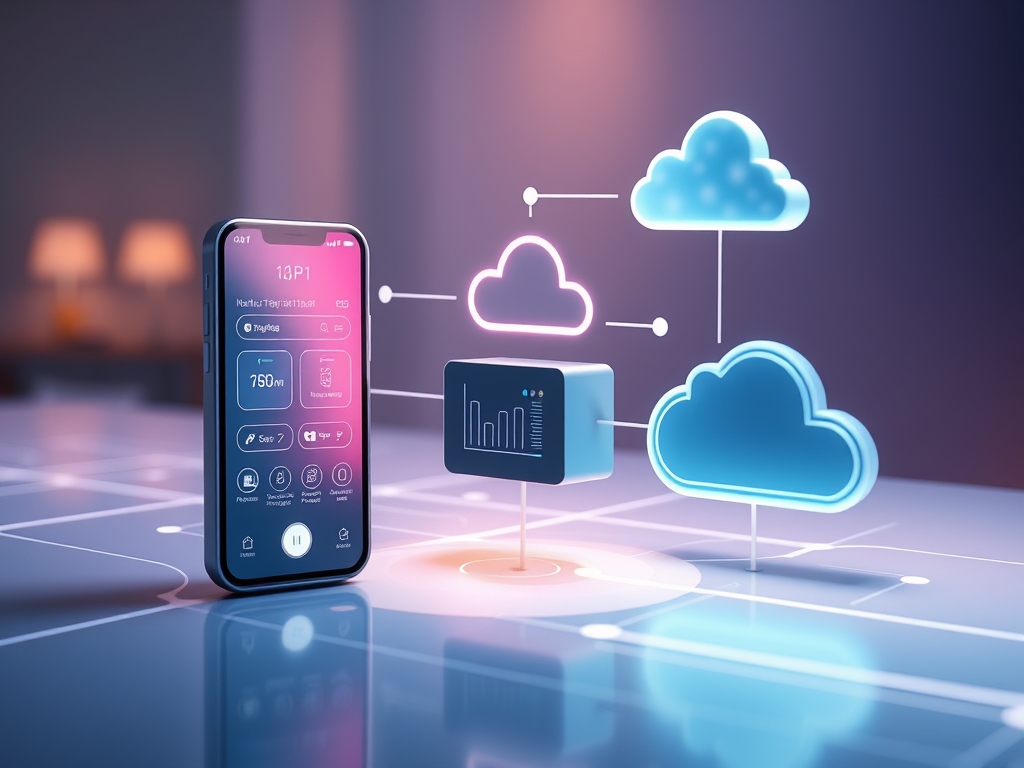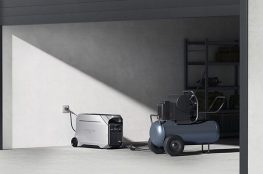We’ve seen it time and time again.
A sleek mobile app designed by a top-tier agency.
An edge device engineered by seasoned embedded veterans.
A scalable cloud platform spun up by cloud-native DevOps.
Each part polished. Each team proud. And yet, somehow, the product falls flat when it reaches the end customer.
Welcome to the silent killer of IoT and energy tech: building in silos and skipping the conversation that actually matters—the one with your end user.
Customers Don’t Want Devices. They Want Results.
Talk to any building manager, EV owner, or facilities engineer. None of them say:
“I really want a good MQTT implementation.”
What they do say is:
“I want to know where I’m losing energy and please, stop it.”
“I want my solar battery to last through the night.”
“I want to see how my tenants are consuming power.”
They want answers. Automation. Insight.
And if your solution—whether it’s an app, sensor, or dashboard—doesn’t instantly speak to that pain, it gets deleted, disconnected, or replaced.
This is why interviewing the end customer is not a formality. It’s the foundation. Understanding how your product is installed, and then how it being used or maintained – that’s all one product experience.
Bad Interviews Build Bad Products
It’s tempting to let the product roadmap be dictated by what’s technically feasible, or what your competitors are doing. But energy usage isn’t abstract—it’s deeply contextual.
An EV charging operator in Oslo doesn’t have the same needs as a solar-powered agricultural site in Spain.
A municipal building might care about carbon tracking, while a private logistics company is laser-focused on peak shaving.
Without in-depth discovery interviews—contextual ones, where you observe, ask, and listen—you’ll build for assumptions. And assumptions don’t scale.
Your App is Not “Just the App”
Here’s another common trap: treating the mobile app, the cloud backend, and the physical hardware as separate product streams.
No. They are the same product.
To your customer, the icon on their phone, the smart meter blinking in the basement, and the dashboard they check after lunch all feel like one thing.
That’s the bar. That’s the reality.
Disjointed experiences between those components don’t just cause frustration—they signal unreliability.
And in energy management, unreliability means loss: loss of trust, uptime, efficiency.
You can’t let a beautiful app get bottlenecked by a flaky backend. Or a cutting-edge sensor have no UX thought behind its data flow.
It all has to click together.
Building in Systems, Not Parts
Energy-focused IoT solutions have an extra layer of complexity: they’re cyber-physical systems.
You can’t A/B test a firmware update the same way you test a new login screen. You can’t fake a grid outage to simulate customer behavior. And you certainly can’t ignore latency when your device is controlling thousands of euros worth of stored solar or it’s connected to your 100k EUR car.
This means your teams have to collaborate as if they’re building one organism.
It also means you design not for touchpoints—but for interactions.
Every input, whether it’s a button tap or a sudden voltage spike, should be treated as a user event.
Because it is.

So, What Should You Actually Do?
- Start every product iteration with customer interviews.
And not just with stakeholders—go to the people who physically use it. Physically install it, but also use it afterwards in their homes, at their offices. - Design systems thinking into your dev culture.
Connect your hardware, cloud, and app teams with shared KPIs, not isolated backlogs. - Prototype in full stack, not in fragments.
A paper mockup is great, but a working app with simulated data and real hardware latency is better. - Observe usage in the field.
You’ll learn more from watching someone plug in your gateway than from 10 pages of documentation. - Use failure as feedback.
If customers are calling your support line to ask where the power savings went—you missed a question in your interview.
The Future of Energy is Integrated. And Human.
The grid is decentralizing. Energy is getting smarter, faster, and more autonomous.
But unless the products we build understand people, and unless we treat every piece as part of one cohesive offering, we’ll keep making toys, not tools.
So before you spec your next Wi-Fi module or polish your design system—go talk to the people who are supposed to use it.
And make sure what you build isn’t just technically great.
Make sure it works together.
Make sure it matters.
Stay Curious.



